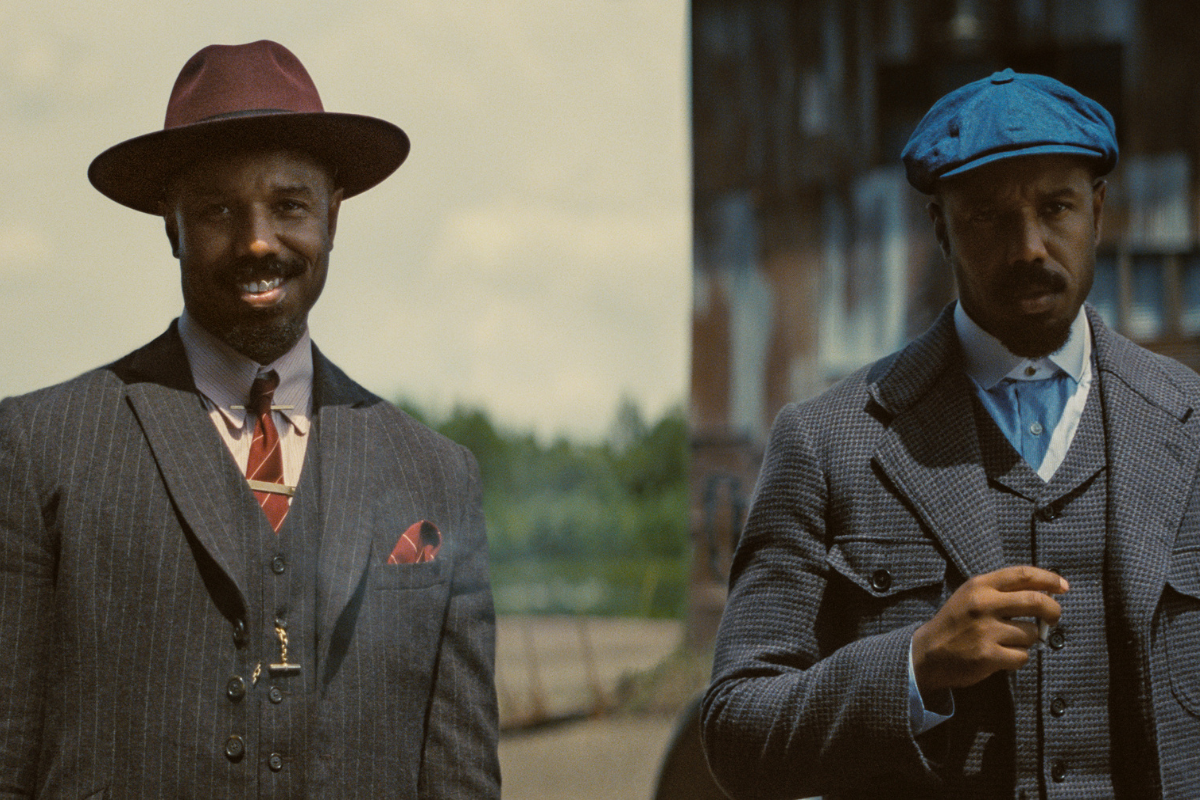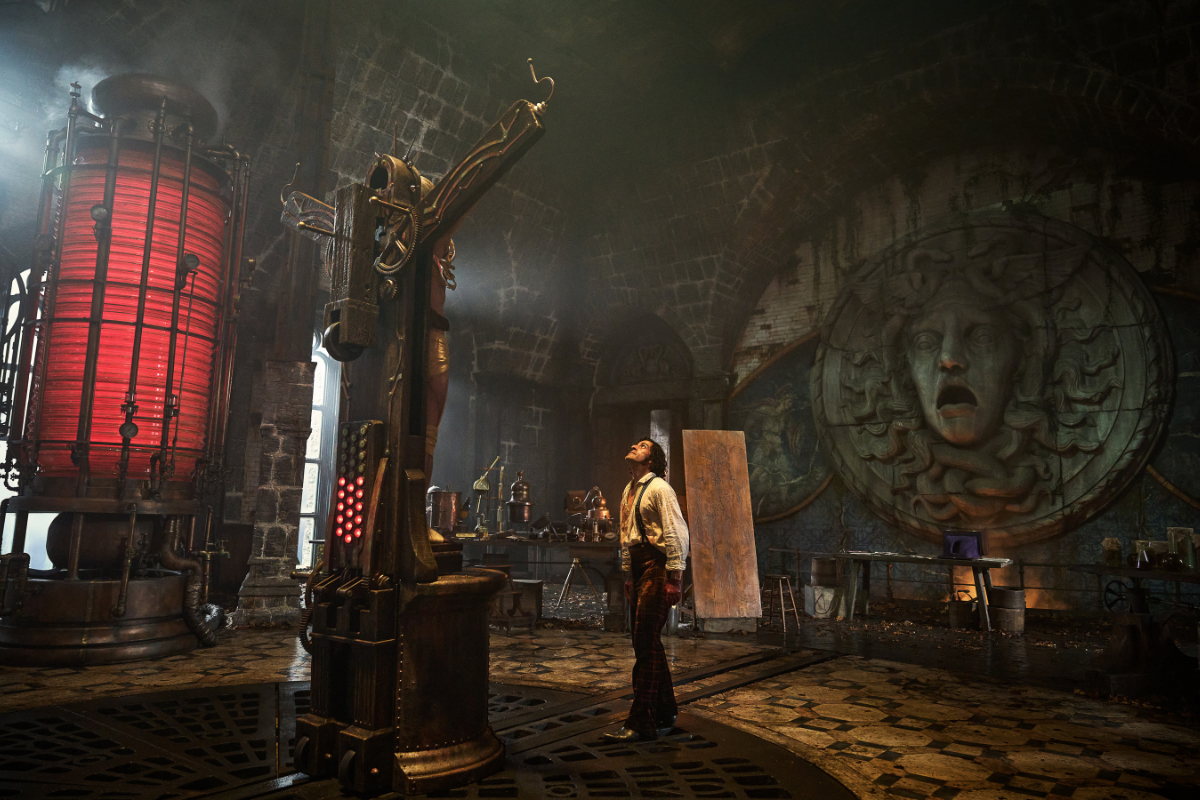Using Psychological Techniques to Reveal Personality Through Dialogue
Kira-Anne Pelican, PhD shares tips on how psychological research can help reveal your character’s personality through their dialogue.
A recent study found that 63% of published novelists report hearing their characters’ dialogue as inner voices before they get started with their writing. For many writers, then, it seems that the process of spending time thinking about their characters allows them to internalise their voices and then reproduce them on the page.
But what if that process comes less naturally to you, or you feel that the dialogue that you write could better capture your character’s personality? Fortunately, there’s plenty to learn from psychological research that can help. In my previous article I discussed how the Big Five personality dimensions are at the very core of character. They shape our actions, our relationships and the way that we emotionally experience the world. They also heavily influence the way that we speak.
By analysing everyday conversations, psychologists including James Pennebaker, Laura King and Matthias Mehl have captured the numerous fascinating ways in which speech reveals our personality. I’ll outline the most important of these below:
The playful and chatty extrovert
As outward-facing, dynamic characters, extroverts grab our attention the moment that we meet them and compel us to engage. They’re often the first to start a conversation, they talk the most and they keep talking – flitting from topic to topic to topic. Extroverts are generally relaxed, confident and assertive in their speech. They’re also upbeat, playful and exuberant. Their spoken style tends to be more informal, containing more colloquialisms and disfluencies. In other words, extroverts are more likely to get off to false starts, repair their sentences and use fillers including “like,” “well,” “so” and “er” to keep the conversation going. Full of energy, extroverts also use more verbs and are more likely to talk about social subjects e.g. who is doing what.
To see this in practice, take a look at the way that extroverted Tony Stark is introduced in the opening scene from Iron Man (2008).
The serious, reflective introvert
At the other end of this dimension, introverts speak far less. Rather than engaging in any general chit-chat, they’re far more comfortable talking to close family and friends about subjects that are important to them. That naturally creates dramatic focus on the moments when they choose to speak. Introverts tend to be more serious in conversation, use a larger vocabulary than extroverts and speak in a more formal manner. Typically, they also stick to one topic of conversation. From their perspective, when that’s over, so is the conversation.
This clip from Moonlight (2016) beautifully demonstrates many of these principles.
Warm and agreeable
Agreeable characters are generally great listeners, compassionate and positive in conversation. Rather than focusing on their own point of view, their concern is all about those around them. As people-pleasers, they will be far more likely to go along with a conversation even if that means that going against their own beliefs. Take a look at this in practice towards the end of this scene from Annie Hall (1977), in which the highly agreeable character Annie gets talking to Alvie for the first time.
Opinionated and disagreeable
Many of the characters that we enjoy watching now are strong and at least in some ways disagreeable. Highly opinionated, they’re not at all afraid of telling us exactly what they think. It’s of little concern who they offend in the process. More important to these characters is that they get their voice heard and that they’re true to themselves in the process. Highly disagreeable characters are blunt, terse and more likely to swear. Listen to the dialogue of Mildred Hayes from Three Billboards Outside Ebbing, Missouri (2017) as a wonderful example.
Buttoned-up and conscientious
Since conscientious people are driven by their sense of duty and responsibility towards their work and/or family, these are topics that come up frequently in their conversations. Conscientious people are generally polite and temper their dialogue according to social expectations. Here is the highly conscientious character of Queen Elizabeth in action in The Crown (2016-)
Uninhibited and unconscientious
At the other end of this dimension, unconscientious people are far more socially uninhibited. That means that they’re more likely to swear, speak loudly and express negative emotions. As an example, have a listen to this scene in which the titular character from Ted (2012) has his first job interview.
The anxious or argumentative neurotic
People who rate higher on neuroticism are more likely to feel awkward in conversation, talk about themselves, be more negative and discuss their own negative emotions. They’re also more likely to be prickly and get into arguments. To hear this in practice, listen to the character of Riggan in this brilliant scene from Birdman (2014).
Cool as a cucumber
Emotionally stable people reveal this quality through dialogue by their capacity to stay calm and unruffled even in the most extraordinary circumstances. Just listen to the way that Ellen Ripley reports in at the end of this extraordinary scene in Alien (1979).
Open-minded and loves debate
People who are open to experience love learning about the world, exploring big ideas and discussing the arts and culture. They positively relish debates and getting to better understand perspectives other than their own. They tend to be much more open and flexible in the way that they express themselves and they’ll use longer words. Listen to the way in which Tyrion Lannister uses wider ideas to defend himself in this scene from Game of Thrones.
Narrow-minded and prefers the familiar
Characters who are closed to experience have a more narrow-minded view of the world and are generally more comfortable talking about everyday subjects that are more familiar to them. Possibly because they look fondly back on the old days, they’re more likely to use the past tense in conversation.
Listen to a lovely example of the dialogue we expect from a more narrow-minded character, the rather wonderful Kerry Mucklowe from BBC comedy This Country (2017-2020), here.
Putting this into practice:
· First figure out on which of the Big Five dimensions your character would rate highest or lowest. Then draw on the qualities of speech related to these dimensions when developing your character’s voice. For example, a character who is highly extrovert and neurotic would be chatty and informal whilst frequently bringing their own negative emotions into conversation.
· Remember the importance of context on shaping your character’s behaviour. Take a normally relaxed and playful extrovert into a seriously stressful situation and it’s likely that you’ll dampen their mood.
· Since personality isn’t the only factor that shapes our dialogue, you’ll also need to bring cues about your character’s age and background into their conversations. That could be through local phrases, dialects and age-appropriate colloquialisms.
· Relationships also play an essential role in influencing our dialogue. Characters may have favourite topics of conversation with certain friends. There may be some people who they strongly connect to, and whose language they occasionally echo. Others, they’ll listen to less.
· Don’t underestimate the power of observation from life. Begin an overheard-dialogue notebook and draw on it for inspiration.
Once you’ve drawn all these ideas together, begin workshopping your character’s voice by writing a series of monologues. Get to know their speech patterns, the subjects they prefer talking about, their favourite phrases, colloquialisms and fillers and how their relationships and situations affect their language.
The power of our personality in shaping our language is fascinating! I’m excited to know what you’ll do with it.
Kira-Anne Pelican, PhD is a writer, educator and story consultant, specialising in helping writers develop more compelling novels, TV series and films through insights from psychology. She is the author of The Science of Writing Characters (Bloomsbury, 2020), founder of Character Masterclass and teaches character development workshops across the world.







